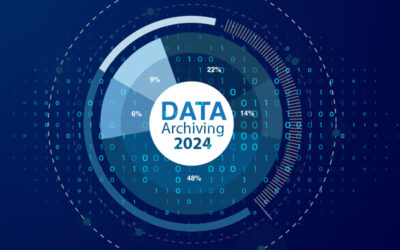Information or data is a prime resource for any organization and most of this data may be stored in the form of paper documents. Valuable information that is written, printed, copied and faxed, that drives much of an organization’s productivity, is often kept in piles and stuffed in folders and cabinets. These valuable documents are necessary for the survival of the organization and therefore all paper files need to be digitally transformed with the help of a document scanning service, and labeled and organized properly. Document scanning enables easy storage of documents and quick retrieval when necessary.
In an office environment, there are various paper-oriented departments like accounting, records management, human resources, legal, customer service, sales or marketing, communication etc. Important documents can be scanned and stored in digital format. Scanning involves the utilization of highly advanced technology and provides much more than just a scan of physical data. Features like OCR can scan handwritten data and convert it into searchable and editable format.
Digitization of business records in an organization provides a flexible working environment. The advantages of flexible working are known to businesses. Digitizing paper records helps in alleviating the hassle of managing paperwork at the office. It also helps to achieve superior efficiency, better systems for storage and retrieval and greater security controls. This will allow business organizations to migrate to a digital workplace and also facilitate efficient management of a remote workforce.
What Is a Digital Workplace?
In simple terms, a digital workplace refers to a set of digital tools that employees use to do their work efficiently. It includes anything like instant messaging, virtual meeting tools, enterprise social media tools, automated workflow and so on. It is a platform that allows employees to perform their work within a secure online interface that can be accessed from anywhere, collaborate, and it also facilitates efficient project management and process management. A digital workplace can also be a virtual replacement of the physical office where the employees can access the business data and tools using a single integrated platform.
The concept of digital workplace was introduced by Paul Miller in 2009. As the founder of Digital Working Group, he studied the upheaval and potential of digital tools to augment human labor and build a business in a new way. According to him, there are three prime areas that complete a digital workplace.
- Digital Presence: A digital presence provides employees and customers apps that give access to data that helps to perform their activities with that business. A digital workplace is a fully integrated and app-integrated set up that is scalable, cross device unified, and enterprise worthy.
- Speed and Efficiency: Real digital workplaces can improve efficiency by eliminating many mundane and monotonous activities of the workplace.
- Governance: It is a dominating structure that brings all the elements of a digital workplace together. It sets boundaries, procedures, roles and rules for employees and customers operating in the organization.
Advantages of a Digital Workplace
- A Collaborative Workplace: When your employees have access to all tools that they need to communicate and coordinate, it helps to create a collaborative work environment in the organization. Reliable and efficient communication helps employees discuss innovation and ideation, and avoid unnecessary meetings and discussions.
- Unity in the Workforce: A digital workplace ensures transparency and it helps to easily track the status of any project. This keeps the employees on the same page; employees can focus more on the shared business and organizational goals.
- Remote Working: Since all company data and applications can be accessed from anywhere, it gives an opportunity for employees to work remotely. While over 99 percent of workers want to work remotely at least once in their careers, 90% of them actually want to work remotely for the rest of their careers. Working remotely improves employee satisfaction and helps to retain and attract talent.
- Productive Time for Brainstorming: With the right technologies and automation of repetitive activities, employees can focus more on their work and this leads to better productivity. Employees can also use their saved-up time for brainstorming and come with new and innovative ideas.
- Saves Money: A good digital workplace helps to save cost, which frees up funds for you to invest elsewhere like launching a new service or product to expand your business as well as revenue.
- Better Employee Experience: A digital workplace helps to bring out the best in your employees. Having various channels for your employees to communicate with each other ensures better interaction and collaboration. It helps to unite the employees and catalyze their ability to perform well.
- Better Customer Experience: With a productive workforce and advanced technology, your organization can serve your customers well. This improves customer satisfaction and they are likely to return to your organization for more business.
Companies that scan their business documents can improve productivity, save unnecessary cost and also create an effective digital workplace. Scanning is best done with the support of a reliable document scanning company that provides the latest advanced scanning technology and the services of trained and experienced document scanning staff. With timely document scanning and conversion into the desired format, and by retrieving actionable data to work with, businesses can more easily achieve their organizational goals and also improve efficiency.




